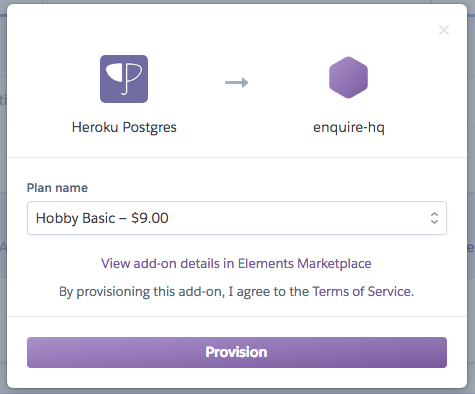Making The Best Of A Tough Situation
It should go without saying that in light of the COVID-19 pandemic, the most important work we in the marketing world can undertake is to use our resources and expertise to help inform the public. We’ll assume you already know that, and we’ll also assume your workdays are focused primarily on keeping your employees, clients and vendors happy and healthy to #FlattenTheCurve of community impacts on the whole.
That said, if you’re reading a DTC marketing blog, you are probably looking for DTC marketing advice—after all, you’ve got coworkers and customers relying on you to keep things cranking. So, here’s our advice:
Current events have unintentionally launched an A/B test in marketing, the likes of which has never been seen before and may never be seen again (hopefully). The experiment in question is testing a cleaner environment for exposure and attribution—one that is typically impossible to achieve. It’s a world where nobody mentions your product during a work lunch, nor do they show it off to house guests, nor do they see it in a store or hear about it on the radio, only to later click “Shop Now” on Facebook and leave you misinterpreting the value of your marketing.
No, this is a once-in-a-lifetime event where trackable digital media can show you a more realistic picture of the role it plays in your brand’s success. It’s a chance to recalibrate your attribution models and benchmarks, thanks to an audience that is currently isolated from the chaos of the physical world. As such, there are two obvious steps you should take right now, if you haven’t already:
- Get your tracking house in order. Don’t expect to see informative shifts in channel ROI if you haven’t laid down proper URL parameters, cookies, pixels, landing pages, referral codes, etc. The World Wide Web is a tangled one, and if you’re going to place the onus on shoppers to connect the dots, you’ll likely miss the point—and the opportunity. If you need help or would like an audit, ping me matt@fairing.co, happy to assist.
- Have an attribution survey to sweep up and scrub down whatever gaps exist in your digital tracking. Your typically-immense chunk of unattributed business (found mostly under the “direct” slice of the traffic pie) is usually salvaged by asking customers, “How did you hear about us?” That ratio of mystery traffic, as well as other slices of the traffic pie, should see some movement in a quarantined, curfewed world—and if so, your customer responses should reflect this. Then again, you may want to take this opportunity to learn more about your sales cycle by clarifying the question: when did you first hear about us? If you don’t already have a survey benchmarking your attribution, that’s okay; Coronavirus will end at some point and everyone will walk outside again, giving you the baselines needed for comparison against this current experiment.
Again, we hope you and your coworkers are reading this from the comfort of your homes, happy and healthy. But don’t overlook the fact that making smart decisions now can strengthen your team in the long term.





















